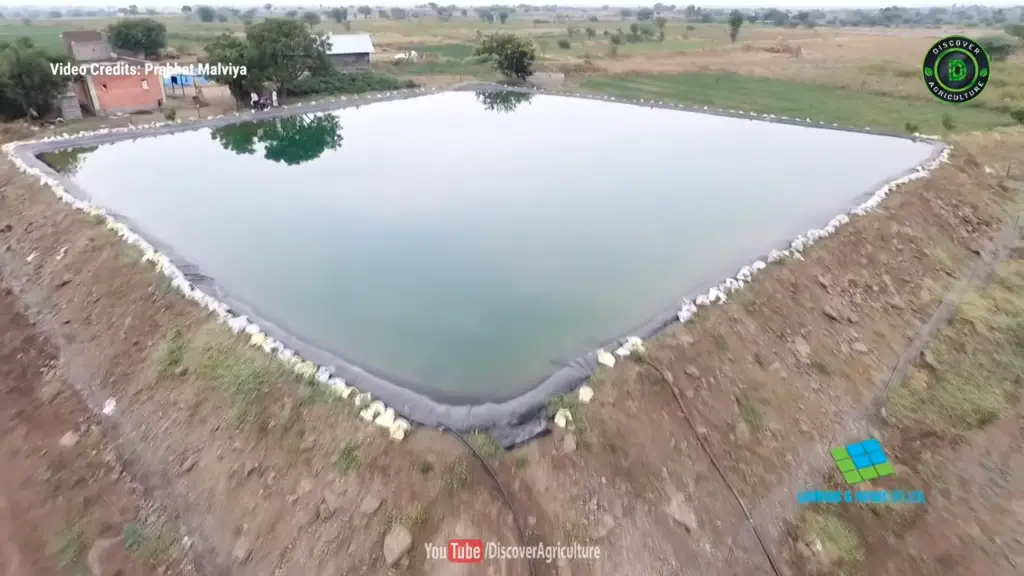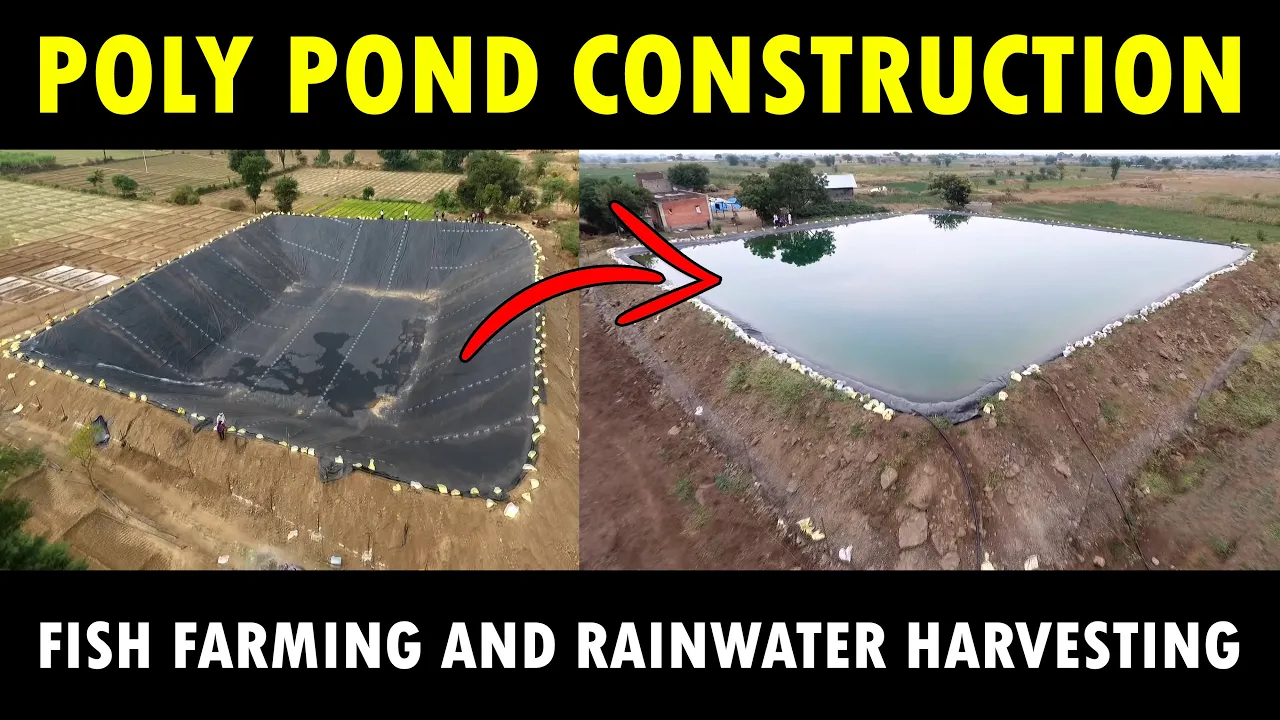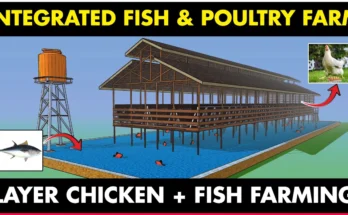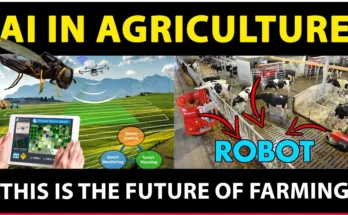Poly ponds Introduction:
Poly ponds have gained popularity as versatile and cost-effective solutions for various purposes, such as fish farming and rainwater harvesting. In this article, we will explore the construction and installation process of poly ponds and their benefits for these specific applications. Whether you’re a fish farmer or interested in sustainable water management, a poly pond can be a valuable addition to your project.
Understanding Poly Ponds:
Poly ponds are durable, flexible, lightweight structures made from high-density polyethylene (HDPE) material. They are designed to hold water securely and resist UV radiation, chemicals, and extreme weather conditions. Their modular design allows for easy customization and expansion, making them suitable for various sizes and shapes.
Building a Poly Pond:
- Site Selection: Before constructing a poly pond, consider the following factors:
- Availability of level ground with proper drainage.
- Access to a reliable water source for filling the pond.
- Proximity to the target area for fish farming or rainwater collection.
- Pond Design and Size: Determine your poly pond’s desired size and shape based on the available space and your specific requirements. Rectangular and circular ponds are commonly used due to their ease of construction.
- Excavation and Preparation: Clear the selected site of any vegetation, rocks, or debris. Excavate the area to the required depth and ensure that the base is even and compacted. This will prevent leaks and ensure the structural integrity of the poly pond.
- Installing the Poly Pond: Unroll the poly pond liner carefully over the excavated area, ensuring it covers the entire surface. Anchor the liner securely using sandbags or other suitable weights around the edges. Trim any excess liner, leaving a small overlap to allow for fluctuations in water level.

Poly Pond Applications:
Mainly 2 poly pond applications, which were found more beneficial. They are:
Fish Farming:
Poly ponds offer an ideal environment for fish farming due to their customizable size and ease of maintenance. Consider factors such as water quality, aeration, and filtration systems to ensure optimal conditions for fish growth. Regular monitoring and necessary adjustments will help create a thriving fish farm.
Rainwater Harvesting:
Poly ponds serve as excellent rainwater harvesting systems, allowing you to collect and store rainwater for various purposes. Install guttering systems to direct rainwater into the pond, and consider adding a filtration system to ensure water quality. Harvested rainwater can be used for irrigation, livestock watering, or even as a backup water supply during dry periods.
Maintenance and Care:
To maximize the longevity and performance of your poly pond:
- Regularly inspect the pond for any signs of damage, leaks, or wear.
- Keep the surrounding area clear of debris that may puncture the liner.
- Monitor water quality parameters and maintain appropriate fish farming or rainwater storage conditions.
- Implement proper cleaning procedures to prevent the accumulation of sediments or algae growth.
Conclusion:
Poly ponds offer a practical and cost-effective solution for fish farming and rainwater harvesting. By understanding the construction process and following proper maintenance protocols, you can create a sustainable water management system that benefits your specific needs. Whether you’re a fish farmer looking to expand your operation or an environmentally conscious individual seeking to conserve water, poly ponds are a reliable choice. Invest in a poly pond today and unlock efficient water use and conservation potential.
Also View: Effective Methods to Eliminate Coconut Tree Diseases and Boost Yield




